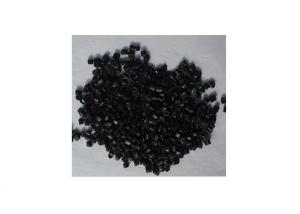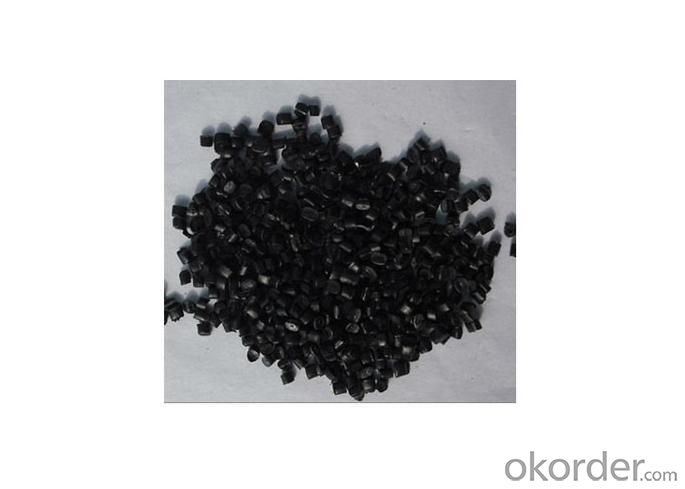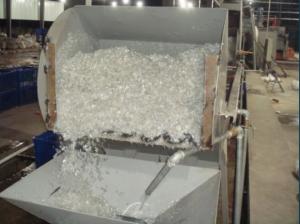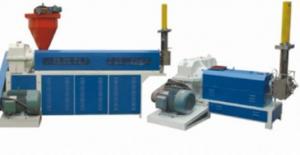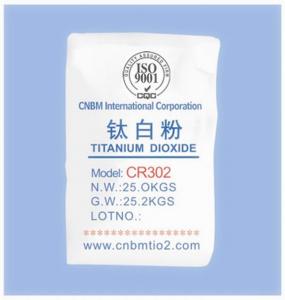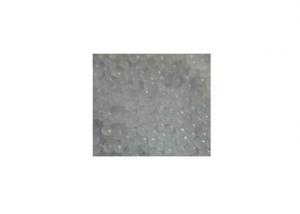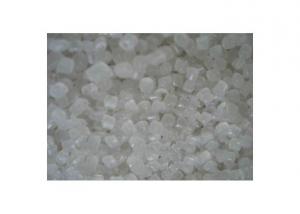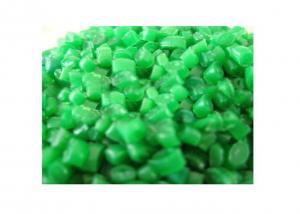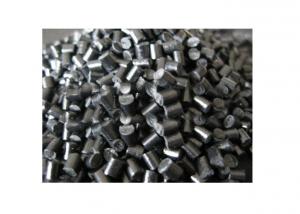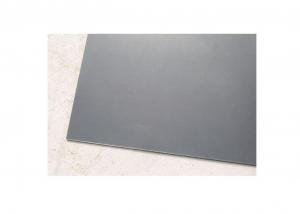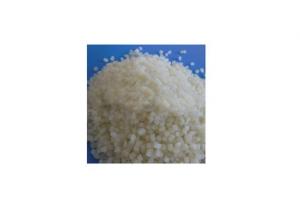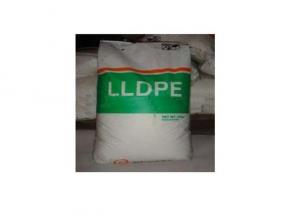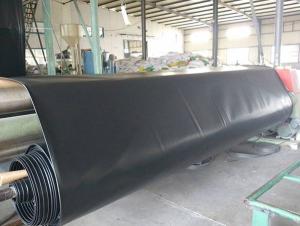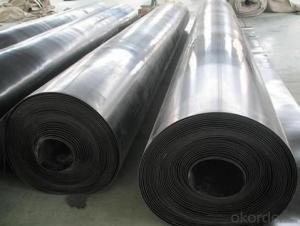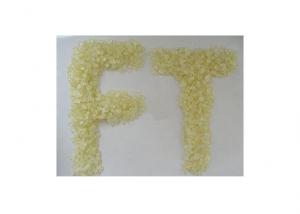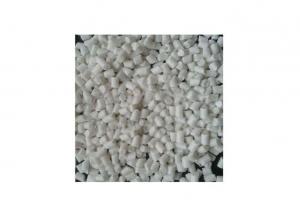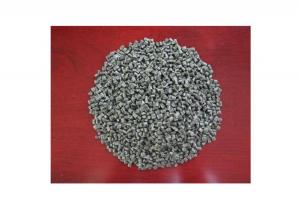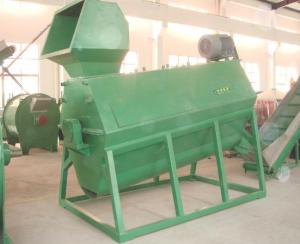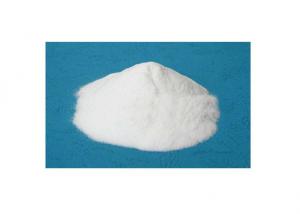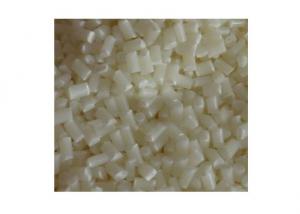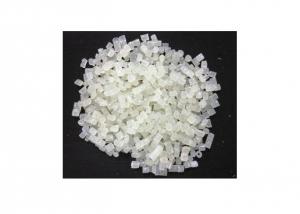HDPE/LDPE/LLDPE Resin
- Loading Port:
- China Main Port
- Payment Terms:
- TT or LC
- Min Order Qty:
- 1 Ton m.t.
- Supply Capability:
- 1000 Tons per Month m.t./month
OKorder Service Pledge
OKorder Financial Service
You Might Also Like
Detailed Product Description
1,HDPE/LDPE/LLDPE resin
2,Virgin & Recycled
3.Film grade,blow grade,injection grade ect.
4,Manufacturer & Free sample
HDPE:
| HDPE cable material
Property |
Unit |
Typical Value |
| Mass density | g/cm 3 | 0.941-0.959 |
| Melt flow Rate(190 centidegree /2.16kg) | g/10min | ≤1.0 |
| Tensile yield strength | MPa | ≥19.0 |
| Flexural modulus | Mpa | ≥965 |
| Elongation@ break | % | ≥400 |
| Impact Embrittlement temperature | centidegree | MAX -118 |
| Dielectric Constant | 100KHZ | 2.32 |
| 1MHZ | 2.31 | |
| Loss Tangent | 100KHZ | MAX 0.0001 |
| 1MHZ | MAX 0.0001 | |
| Volume resistivity | OHM-CM | MIN 1x10 15 |
| Application |
Mainly used for the production of high toughness of the telephone,cable insulation material | |
LDPE:
|
Physical Properties |
Test Method |
Nominal Value |
Unit | |
|
Density |
ISO 1183 |
0.921 |
g/cm3 | |
|
Melt Mass-Flow Rate (MFR) |
ISO 1133 |
1.9 |
g/10min | |
|
Hardness |
|
|
| |
|
Shore Hardness (shore D) |
ISO 868 |
45 |
| |
|
Mechanical Properties |
|
|
| |
|
Tensile Modulus |
ISO 527-2 |
175 |
MPa | |
|
Tensile Strength |
Yield, |
ISO 527-2 |
9.0 |
MPa |
|
Break, |
13.0 |
MPa | ||
|
Tensile Strain(Break) |
ISO 527-2 |
850 |
% | |
|
Modulus of Elasticity |
Internal Method |
250 |
MPa | |
|
Thermal |
|
|
| |
|
Vicat Softening Temperature |
ISO 306/A50 |
89.0 |
°C | |
|
Melting Temperature (DSC) |
DIN 53765 |
108 |
°C | |
|
Peak Crystallization Temperature (DSC) |
DIN 53765 |
97.0 |
°C | |
|
Heat of Fusion |
DIN 53765 |
110 |
J/g | |
|
Electrical |
|
|
| |
|
Volume Resistivity |
ASTM D257 |
8.5E+15 |
ohm •cm | |
|
Dielectric Strength |
ASTM D149 |
30.0 |
kV/mm | |
|
Dielectric Constant (60Hz) |
ASTM D150 |
2.20 |
% | |
|
Dissipation Factor (60 Hz) |
ASTM D150 |
0.00050 |
| |
- Q: Main ingredients and formulations of PPR tubes
- PPR pipe has energy saving, environmental protection, high strength, corrosion resistance, with smooth inner wall has the advantages of scale, construction and easy maintenance, long service life, widely used in building water supply and drainage, urban drainage, city gas, electric power and cable sheath, industrial fluid transportation, agricultural irrigation, industrial and municipal construction industry and the field of agriculture. The PP-R pipe is made of random copolymerized polypropylene and is extruded into tubes to be molded into tubes.
- Q: What are the POE plastic raw materials?
- POE classification of plastics raw materials:Plasticizing properties: Thermoplastics and thermosetting plastics.Divided by use: General Plastics and engineering plastics.
- Q: What material is plastic bag made of?
- Polyethylene (Polyethylene, PE), referred to as PE. It is a high molecular organic compound which is made up of ethylene. Polyethylene is recognized as the best food for contact with food in the world. Non-toxic, tasteless, odorless, in line with food packaging hygiene standards. Polyethylene film, light and transparent, with moisture-proof, anti - oxygen, acid, alkali, air tightness, heat sealing and other outstanding performance. Known as "plastic flowers" laudatory title. It is the most important and most important material in plastic packaging and printing.
- Q: Is the tableware made of PP raw material the best of those plastic tableware?
- Plastic tableware with melamine resin powder heat pressing, also known as melamine tableware melamine tableware.PP plastic is polypropylene, non-toxic, can make pots, buckets and other kitchen utensils.
- Q: What are the plastic raw materials?
- Plastic raw material is a kind of polymer (polymer), also known as macromolecule or macromolecule, also is commonly known as plastic or resin. The so-called plastic raw material, in fact, it is a kind of [synthetic resin], the shape of the natural resin [pine resin] similar, but because of the chemical strength of the synthesis, and is called plastic.
- Q: What is plastic material E-PET?
- I'm in the chemical industry.PET is polyester. Never heard of the E PETI doubt if you said that the E-PET E is not an abbreviation for electric, an insulating PET that can be used to make PET electrical insulating films.
- Q: What machines and materials are needed for the manufacture of disposable plastic cups?
- The material required is PP, which is polypropylene.The machines needed are injection molding machines, shredders and dryers.PP plastic, chemical name: polypropylene, specific gravity: 0.9-0.91 g / cubic centimeter molding shrinkage: 1.0-2.5% molding temperature: 160-220 DEG C.
- Q: Plastic raw materials are granular, why not powder?
- The powder is too choking! Add water to influence the effect of the product!
- Q: What are the raw materials for vest plastic bags?
- Low density polyethylene (PE), or LDPE, is the most widely used plastic packaging and printing industry in many countries. The specific gravity is 0.92 ~ 0.93, and can float in water. Low crystallinity (60%), under the pressure of 1000 ~ 3000kg/C square meters of bulk polymerization of high pressure polyethylene. At 23 degrees centigrade, the density is about 0.92. It is difficult to roll forming and is suitable for tubular films. Applicable to food packaging, fiber packaging, daily necessities packaging.
- Q: How many kinds of plastic raw materials are there? How to distinguish them?
- According to the nature of the plastic after heating, it is divided into thermoplastic and thermosetting plasticsThermoplastic molecular structures are linear structure, softening or melting when heated, plastic into certain shape, after cooling and hardening. When heated to a certain extent to soften after cooling and harden, this process can be repeated several times. Such as polyvinyl chloride, polyethylene, polystyrene and other thermoplastic. Plastic molding process is relatively simple, can continuous production, and has very high mechanical strength, so it is developing very quickly.The molecular structure of thermosetting plastics is the body structure, softening also occurs in heated, can plastic into a certain shape, but is heated to a certain extent or amount of curing agent, hardened stereotypes, re heating become soft and will not change shape. The thermosetting plastic processing molding after heating no softening, and therefore can not be recovered then, such as phenolic, amino plastics, resin and other plastic. These are thermosetting plastic molding process is more complex, so the continuous production is difficult, but its good heat resistance, not easy to deformation, and the price is relatively low.
1. Manufacturer Overview
| Location | Shandong,China |
| Year Established | 2001 |
| Annual Output Value | |
| Main Markets | North America, South America, Eastern Europe, Southeast Asia, Africa, Oceania, Mid East, Eastern Asia, Western Europe, Central America, Northern Europe, Southern Europe, South Asia, Domestic Market |
| Company Certifications |
2. Manufacturer Certificates
| a) Certification Name | |
| Range | |
| Reference | |
| Validity Period |
3. Manufacturer Capability
| a) Trade Capacity | |
| Nearest Port | |
| Export Percentage | |
| No.of Employees in Trade Department | |
| Language Spoken: | |
| b) Factory Information | |
| Factory Size: | |
| No. of Production Lines | |
| Contract Manufacturing | |
| Product Price Range | |
Send your message to us
HDPE/LDPE/LLDPE Resin
- Loading Port:
- China Main Port
- Payment Terms:
- TT or LC
- Min Order Qty:
- 1 Ton m.t.
- Supply Capability:
- 1000 Tons per Month m.t./month
OKorder Service Pledge
OKorder Financial Service
Similar products
Hot products
Hot Searches
Related keywords
